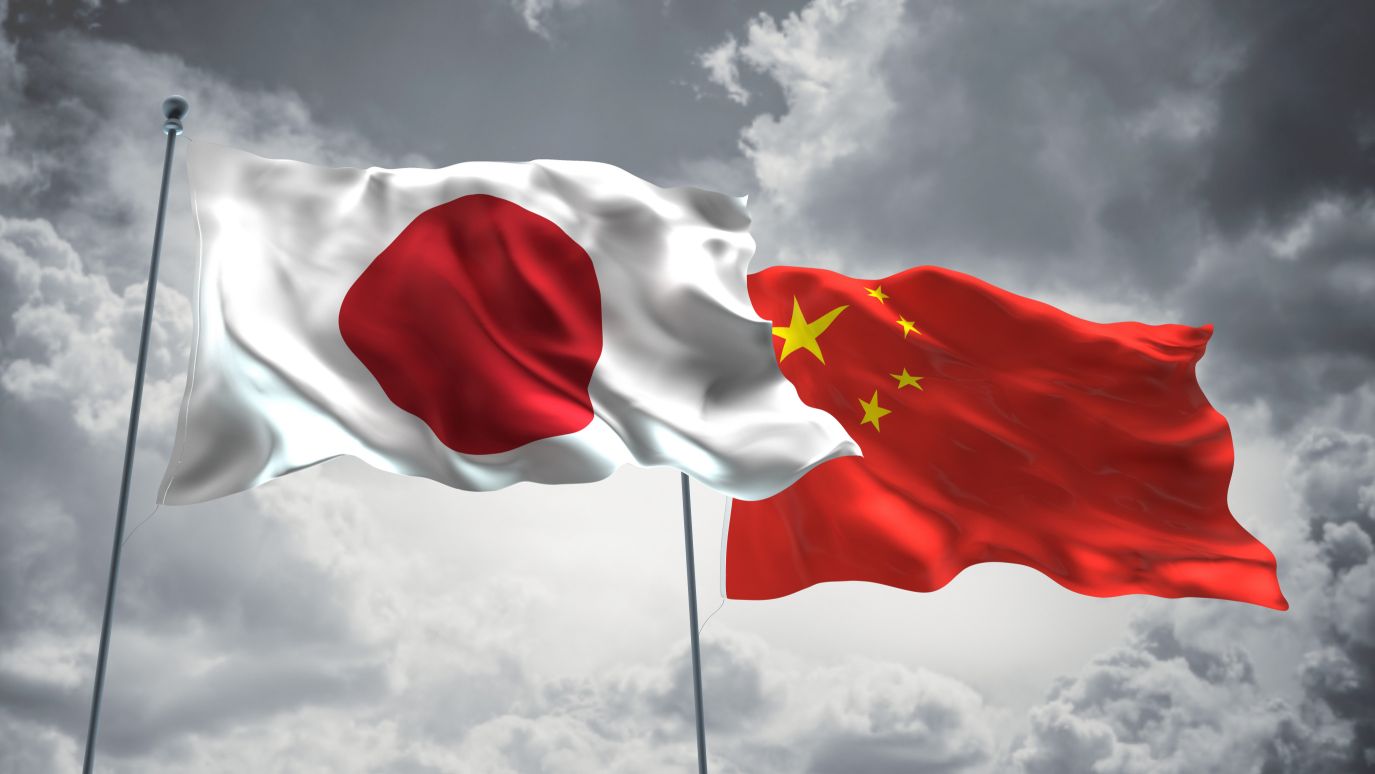
For the first time, Japan has identified China as an unprecedented “strategic challenge”, leading it to announce three new defense strategies that will guide Japan’s defense posture for the next 5 to 10 years. Japan’s Defense Ministry described it as “the most severe and complex security environment since the end of WWII”, and it represents a major turning point in Japan’s “post-war defense policy.”
The defense budget Japan is preparing will increase its 2023-2027 defense spending to $315 billion, nearly 1.6 times that for 2019- 2023, and equates to the defense budget of Russia. It will be Japan’s largest military buildup in decades. Japan intends to acquire “counterattack” and preemptive capabilities over the next five years, including ballistic missiles with ranges over 1,000km and supersonic missiles.
Japan will also embark on force structure reform to integrate command of its three services; build space, cyber, and long-range missile defense capabilities, and unmanned fighting platforms; and deploy forces in islands south of Okinawa. Japan will further enhance civil-military industry fusion and expand arms exports.
In response, China’s foreign and defense ministries charged Japan’s new defense policy with “hyping the China Threat,” interfering in China’s internal affairs of Taiwan, and creating tension in the East and South China Seas. China’s Foreign Ministry stated, “Japan has been sensationalizing regional tensions in an attempt to seek a military breakthrough. This is highly dangerous.”
The move comes against a backdrop of rising North Korean belligerence and Chinese aggression, highlighted by the latter’s heightened naval activity in the region. In December, a Chinese Navy carrier battle group of six ships sailed through the Miyako Strait to the Western Pacific. Five other PLA ships transited the Osumi Strait earlier. Japan’s Defense Ministry dispatched ships and aircraft to monitor the large Chinese naval exercise in the West Pacific.
In the same month, Japan’s Defense Ministry accused a Chinese Navy survey ship of sailing through Japan’s territorial waters near the island of Yakushima. Japan “expressed its concerns” through diplomatic channels to Beijing. China, on the other hand, said its ship was passing through the Tokara Strait in international waters in accordance with international law.
The US immediately welcomed Japan’s new defense strategy, while Russia condemned the policy, accusing Japan’s prime minister of “shameful subservience” to the US. Further, the US and Japan have increased mutual security cooperation. US Secretary of State, Antony Blinken said the agreement will deepen cooperation “across all realms,” including space, cybersecurity, and emerging technologies – a first-time mention of space in the longstanding security treaty.
On 27 February Japan’s prime minister also announced the planned purchase of 400 US Tomahawk long-range cruise missiles in their most advanced version. China is yet to respond to likely to impose some form of sanctions and increase military activity near disputed islands.
In January, Japan and Britain signed an agreement to allow troop deployment to each other’s countries. This makes the UK the first European country to have a reciprocal military arrangement with Japan, and the first between the two countries since 1902.
In February, the president of the Philippines, Bongbong Marcos visited Japan, where he signed an agreement to increase defense cooperation. Japan’s defense minister concurrently visited Manila to discuss details of the cooperation.
On 1 February, the US and the Philippines also signed an accord under the Enhanced Defense Cooperation Agreement (EDCA) for the US to add four military bases in the Philippines, bringing the total available to pre-position military equipment and rotate US forces to nine.
All these moves are aimed at strengthening the defensive line against China that runs from Japan’s main islands through Okinawa, Taiwan, and the Philippines, south to Malaysia. Clearly, Japan is readying itself against potential threats from China and North Korea.
Pamir provides deep insight on geopolitical impact, risk landscape, and competitive strategies to over 50 Fortune 500 companies operating in foreign markets. Our aim is to help US corporations protect innovation, people and market share in foreign markets. To gain the same benefits, visit our website today and sign up to our analytical services.
China’s 5G influence in developing economies
China’s Belt and Road Initiative and its digital counterpart, the Digital Silk Road, threaten to displace US telecom and tech companies in developing economies in Africa, Latin America and the Middle East. How can US operators and network providers stand up to the challenge?